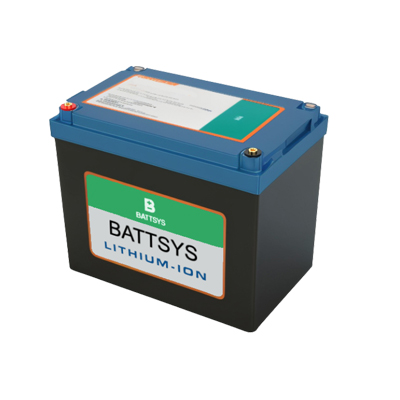How to charge a forklift lithium battery? What are the precautions?
Firstly, from the perspective of brand awareness, consumers are constantly enhancing their brand awareness, which affects their choices. Especially when choosing lithium batteries, it is more important to value the brand because the warranty period of lithium batteries is relatively long, while large brands are more secure. Some small workshop style lithium battery manufacturers may not have a firm foothold in the lithium battery market, and may be eliminated from the market due to financial and technological incompatibility. No matter how long the warranty period is, it is useless.

Please choose to charge in a relatively safe environment (such as avoiding environments with liquids, fire sources, etc.);
Necessary safety fire extinguishing devices should be equipped around the charging equipment to enable emergency firefighting in extreme situations;
Before charging, it is necessary to confirm that there are no dust, water or other foreign objects in the charging gun and charging socket. If there are any foreign objects, they must be cleaned thoroughly before charging, otherwise it may cause poor contact between the charging gun and charging socket, resulting in heating and even fire;
Do not modify or disassemble the charging port and charging device, as this may cause charging faults and cause fires;
After charging, do not disconnect the charging device with wet hands or standing in water, as this may cause electric shock and personal injury;
After charging, please close the protective cover of the vehicle charging port to prevent foreign objects from entering the charging port during vehicle operation, as this can cause damage to the charging port.
When the battery level is below 20%, it should be recharged in a timely manner, and over discharge of the battery is strictly prohibited;
The battery should be charged immediately after use, fully charged, but overcharging is strictly prohibited;
To avoid damage to charging devices, please note the following:
a) Do not close the charging port compartment door when the charging port protection cover is open;
b) Do not use force to pull or twist the charging cable;
c) Do not subject the charging device to impact;
d) Do not use charging devices in environments with temperatures above 55 ℃;
e) It is prohibited to directly plug and unplug the charging gun when the charging device has current output, as this may cause electric arc phenomenon, resulting in property damage and personal injury;
f) Do not place charging devices near heaters or other heat sources.
1. The polarity of the battery cannot be reversed, otherwise it will damage the smart charger and battery. The smart charger should be installed in a dedicated place with good ventilation, dryness, no severe dust, no corrosive gases, and no strong electromagnetic field interference. The casing should be reliably grounded (there are grounding bolts at the lower part of the rear of the box).
2. The smart charger is suitable for indoor and outdoor use, non vehicle use, and water is strictly prohibited from entering the machine.
3. The input power of the intelligent charger is two-phase 380V ± 5%, 50HZ, and the input wire cross-section is not less than 62.
4. The output line should be selected with suitable cables based on the distance, and the total voltage drop of the line should not exceed 5%.
5. Smart chargers are suitable for environments with temperatures ranging from -10 ℃ to 50 ℃, with an altitude of less than 1000 meters. When using the machine, the distance from surrounding walls and other obstacles that affect ventilation and heat dissipation should be greater than 0.6 meters. Regular checks should be conducted to ensure that the fan is operating properly.
6. When charging, first plug in the battery plug and then connect the power. After charging is completed, cut off the power first and then unplug the battery plug
